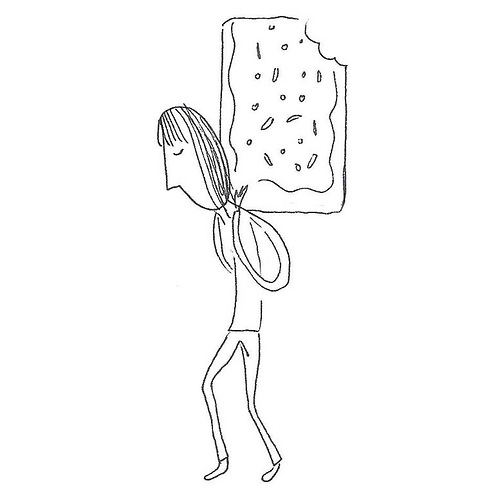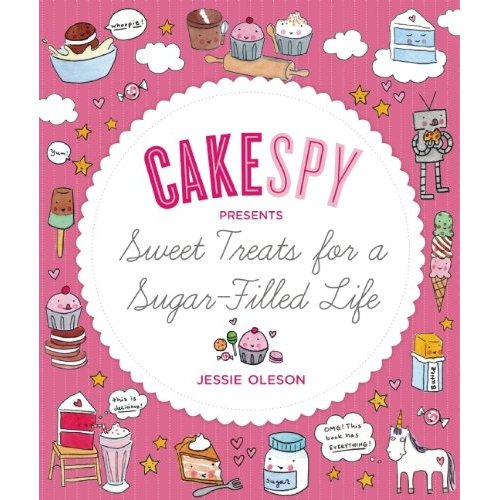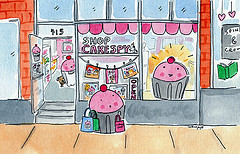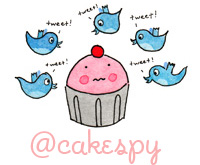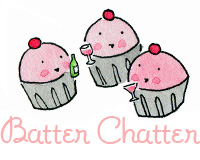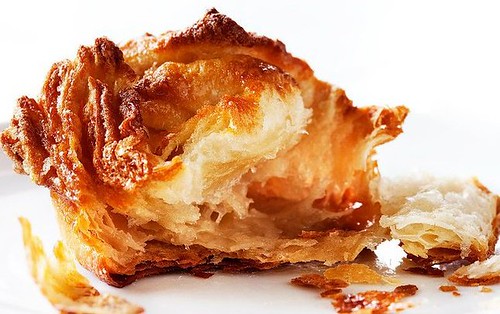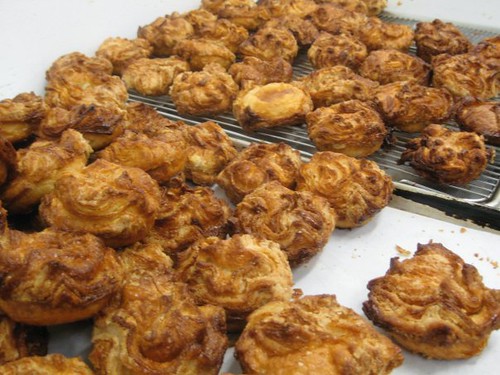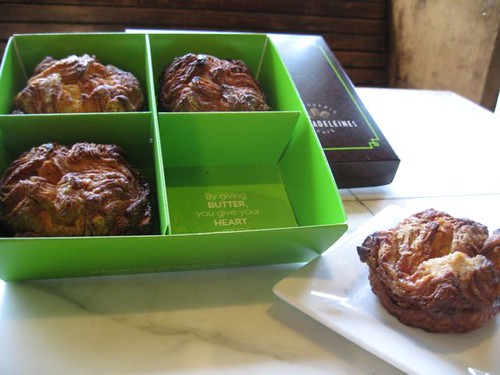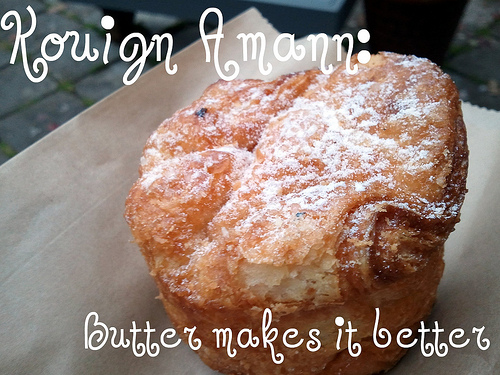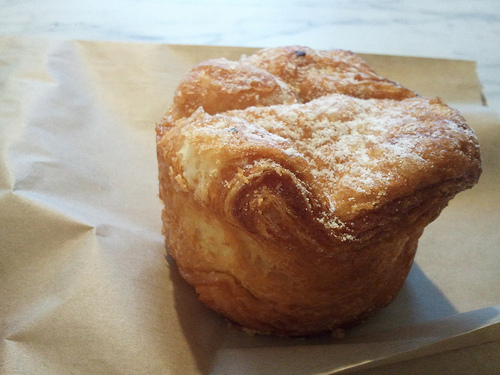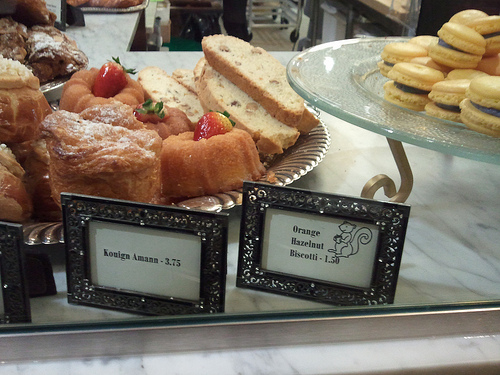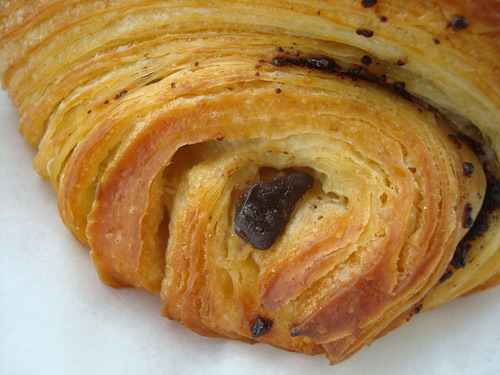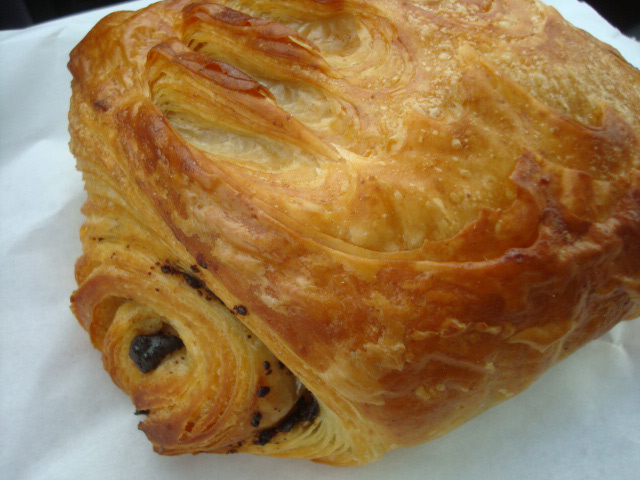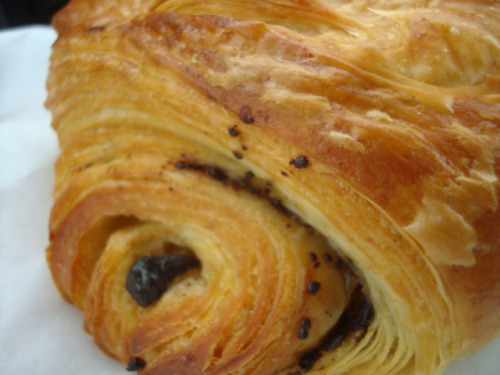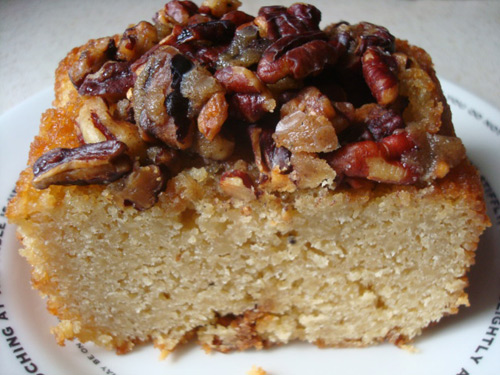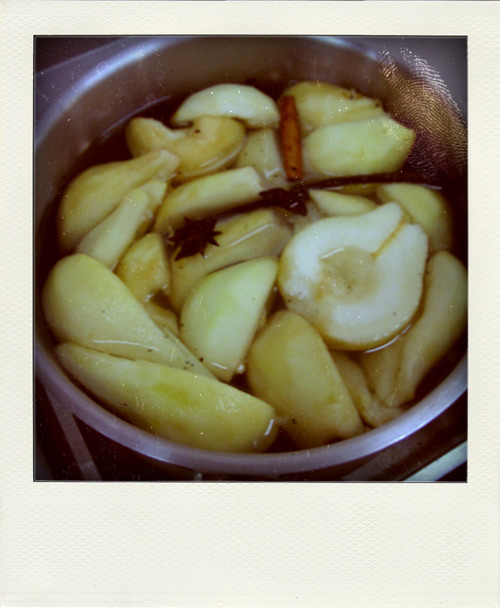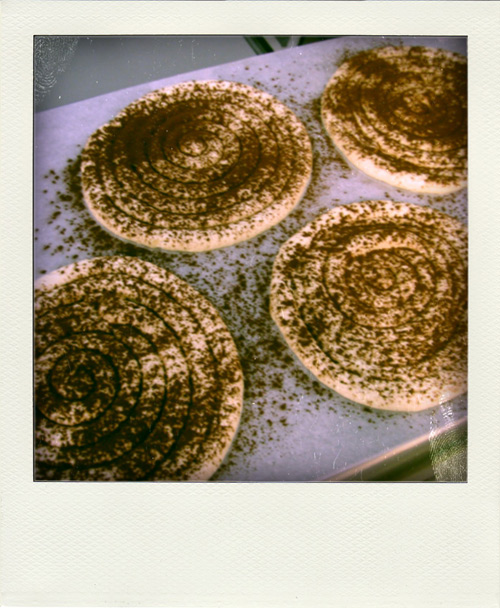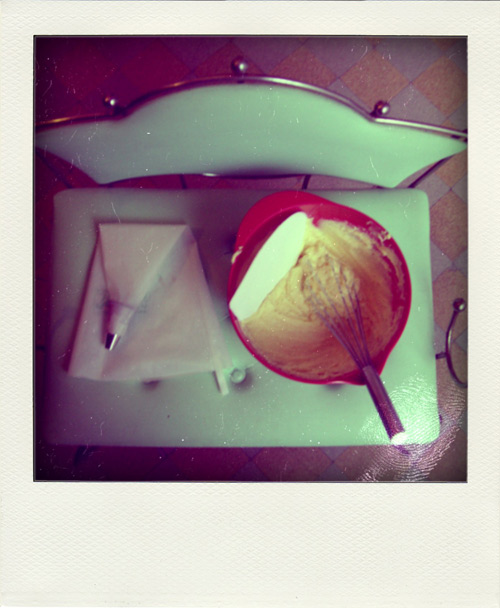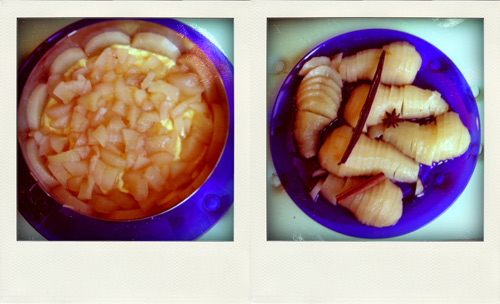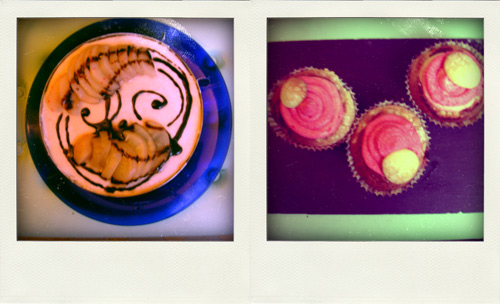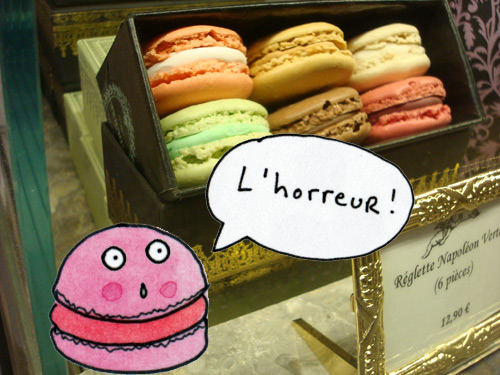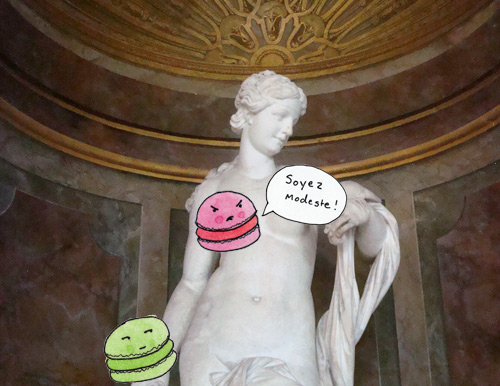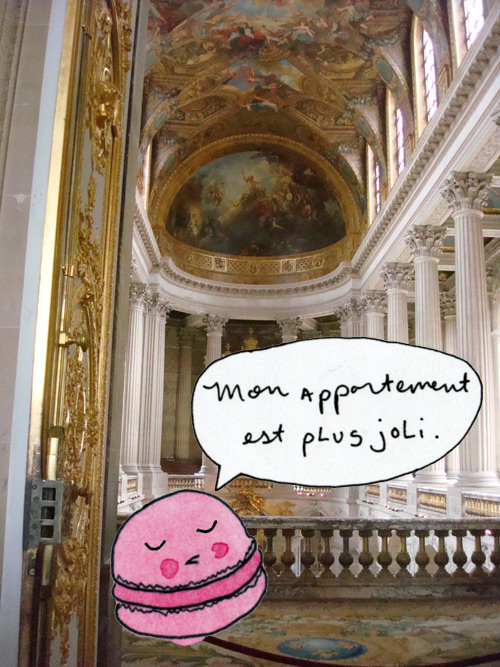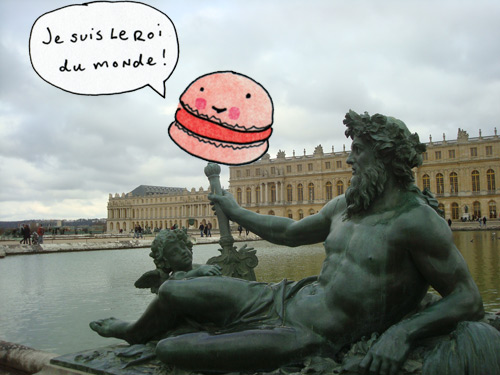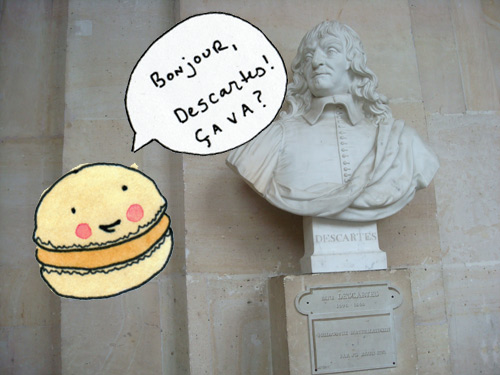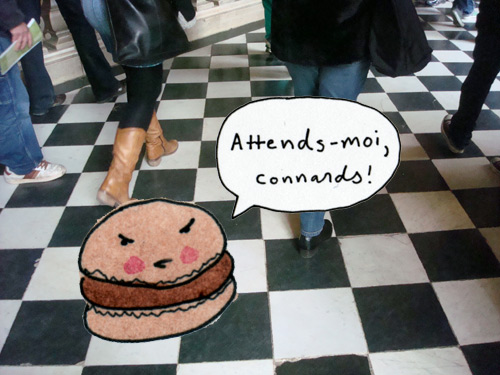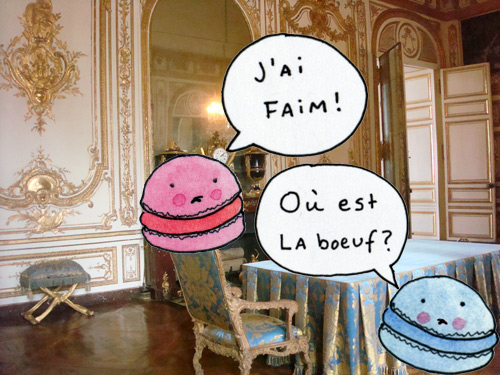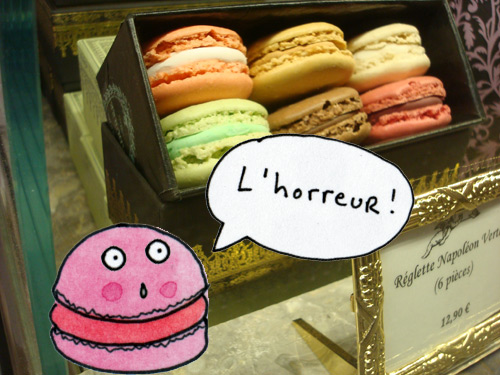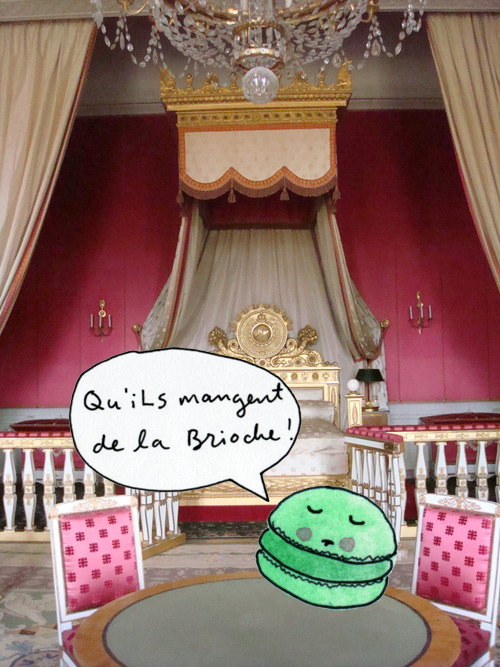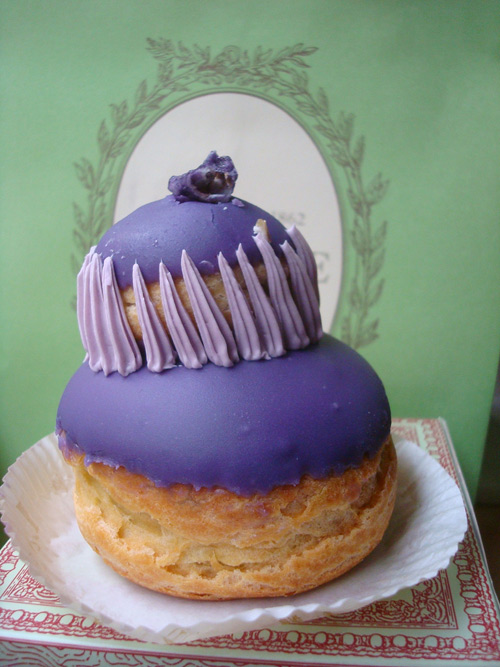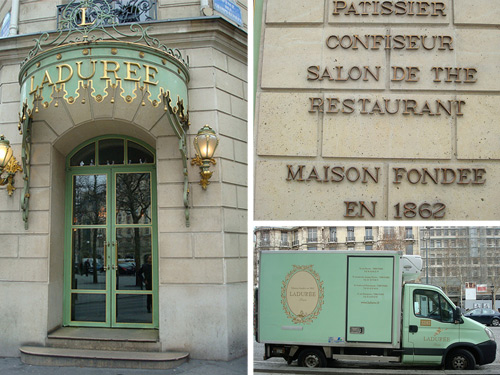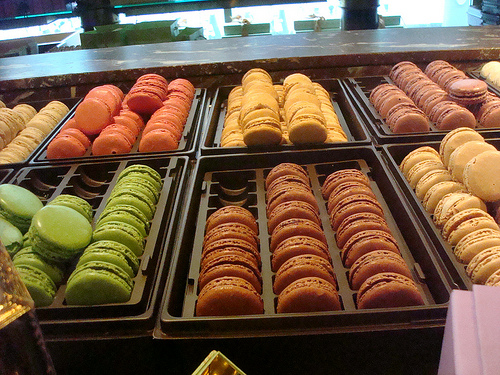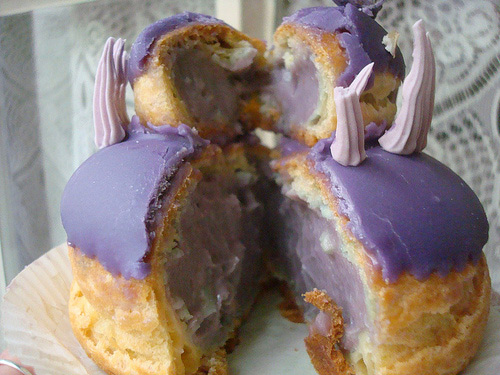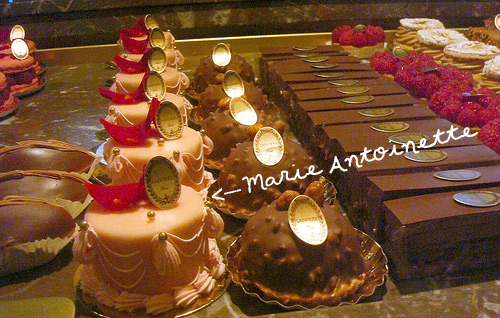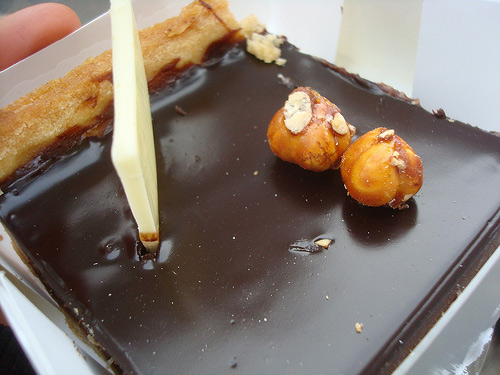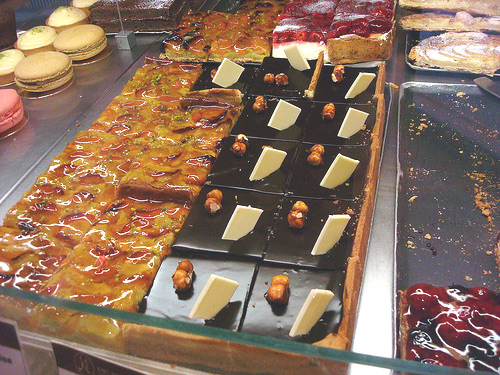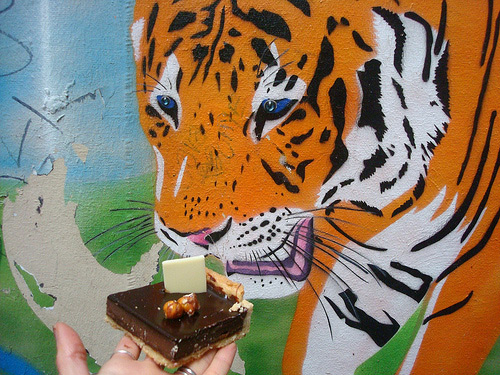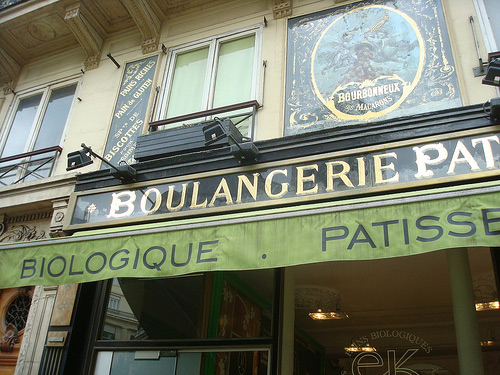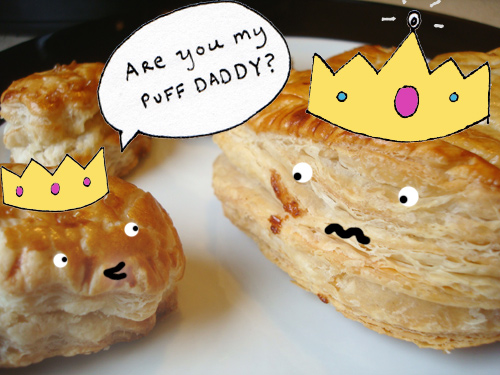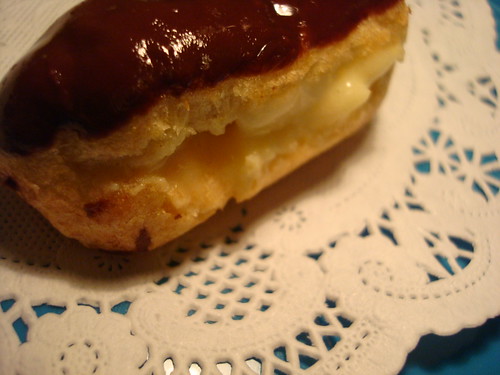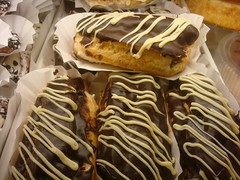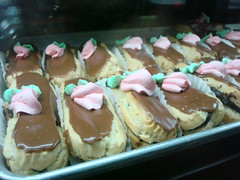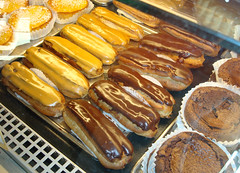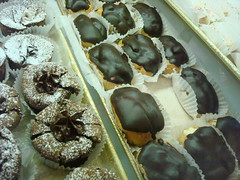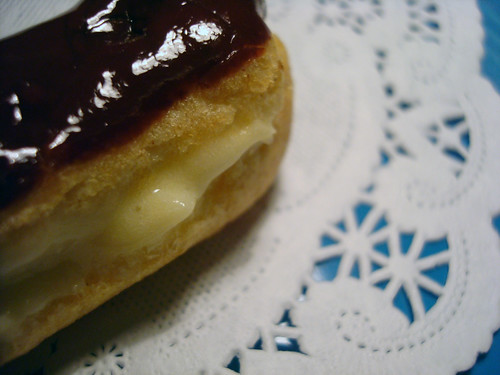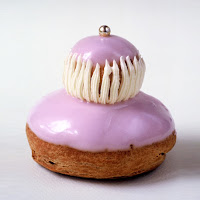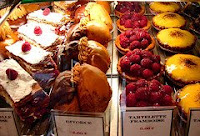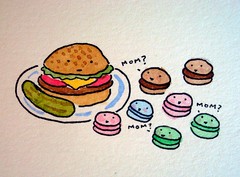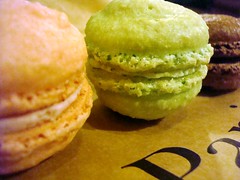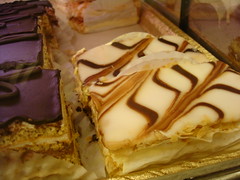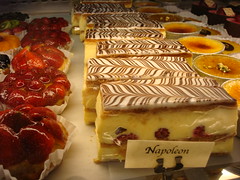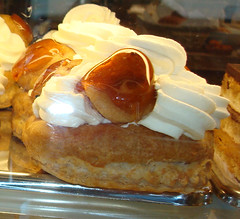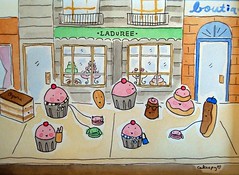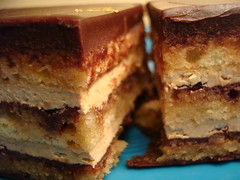Sweet Story: How the Kouing Aman became the Queen of Salt Lake City
 Thursday, September 6, 2012
Thursday, September 6, 2012 CakeSpy Note: Believe it or not, there's a sweet spot in Salt Lake City where the delightful French treat known as Kouing Aman (pronounce it "queen ahmann" in your Frenchiest voice, please) reigns supreme. It's at a bakery called Les Madeleines, where pastry chef Romina Rasmussen's version has won fans far and wide (even Oprah is said to be a fan!). But how did this happen? Here's the story of How the Kouing Aman became the Queen, written by the Queen of Kouing Aman herself, bakery owner Romina!
I wish I could tell you a story of one of my adventures that took me to Brittany, France where I discovered this hidden gem of a pastry.
It’s not as exciting as that. I discovered the Kouing Aman (or kouign aman) in a trade magazine. I like to stay up on what’s going on in the industry and was intrigued by an article I happened upon. I didn’t even make it right away. I put it aside to make it when I had time. Eventually, I gently nudged a regular customer to order some so I would have to make time. She did, and nothing has ever been the same.
The instructions wouldn’t work at this altitude (in Salt Lake City), so I adjusted the ingredients and technique. It took several batches to get them just right, but not so many that I wanted to give up.
At first I added them to our rotation of special viennoiserie, just once a week. At that point we were still undiscovered, so I only made eight at a time. Just eight! No one knew what they were. No one could say it. I didn’t expect it to go well.
The first few weeks I sampled a few out and it was unanimous love at first bite. The third week I got “in trouble” with a guest for running out, as she had driven a long way. The following it was because I'd put them out on the wrong day of the week. I ended up adding another day.
By the sixth week I was making them every day and people were making excuses as to why they were eating them so often – you know sick friends in the hospital and other such tales. We quickly nicknamed them “crack” and cautioned guests about their waistlines if they ate 2-3 per day. I once saw it almost come to blows over the last one between two ladies.
No matter how many I made, they’d sell out. I started limiting them to six/day without advanced orders. But this only made everyone want them more. At this point I was making way more than eight/day.
Eventually The Food Network found us and featured the Kouing Aman on Road Tasted with the Neelys and The Best Thing I Ever Ate. We started shipping them, and now I can say they’ve made it to all 50 states. Being on The Food Network was a business changing endorsement that I am very grateful for.
CakeSpy Note: May we pause for a moment to observe that the box says "by giving BUTTER, you give your HEART"...? LOVE it!
Eight years later, the Kouing Aman isn't such a secret. You can get them in a handful of bakeries (four in Salt Lake and counting) in several major cities. Most recently they’ve been featured in O The Oprah Magazine and were named Food & Wine's top pastry of 2012. They're destined to become a classic.
To purchase Kouing Aman or to plan a bakery visit to Salt Lake City yourself, visit the Les Madeleines website!
 bakeries,
bakeries,  french pastry,
french pastry,  utah
utah 









